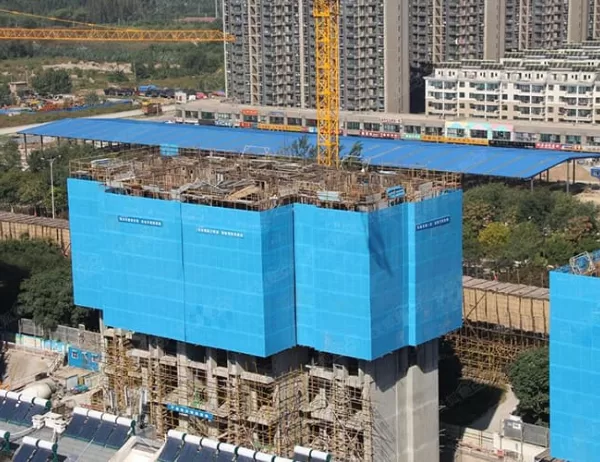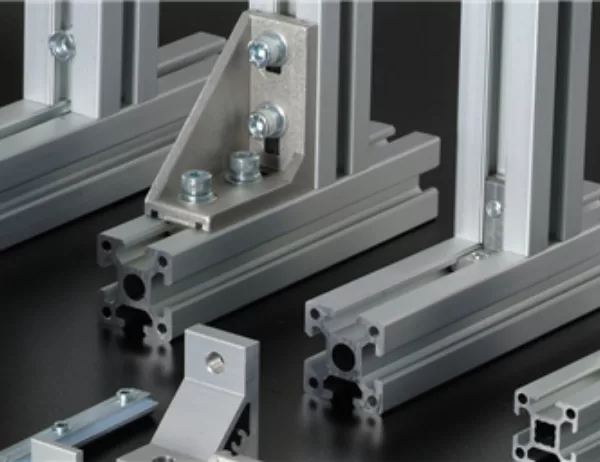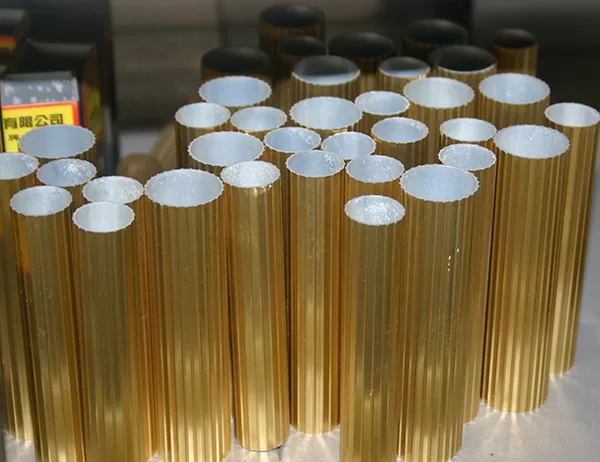Industrial aluminum profiles are widely used in various applications due to their exceptional strength, corrosion resistance, and durability. However, determining their long-term performance is crucial for ensuring their reliability and efficiency. This article explores the methodologies and considerations for evaluating the durability and performance of industrial aluminum profiles over an extended period.
Material Composition and Integrity
The material composition of aluminum profiles significantly influences their long-term performance. Chemical analyses and spectroscopy techniques, such as X-ray fluorescence, are employed to determine the presence and distribution of alloying elements. The grain structure, porosity, and surface roughness of the profiles are also examined using microscopy and profilometry to assess their homogeneity and integrity.
Mechanical Properties
The mechanical properties of aluminum profiles, including tensile strength, yield strength, and elongation, are key indicators of their long-term durability. Tensile testing and hardness measurements are conducted to determine the material’s resistance to deformation under load. Fatigue testing simulates repeated loading and unloading conditions to assess the profile’s ability to withstand cyclic stresses without failure.
Corrosion Resistance
The high corrosion resistance of aluminum makes it suitable for applications in harsh environments. Various corrosion tests, such as salt spray and cyclic corrosion tests, are used to evaluate the resistance of profiles to atmospheric conditions, chemical exposure, and saltwater environments. The formation of corrosion products and their impact on the profile’s performance are also investigated.
Environmental Stability
Industrial aluminum profiles are often exposed to extreme temperatures, humidity, and ultraviolet radiation, which can affect their long-term performance. Accelerated aging tests, such as thermal cycling and UV exposure, simulate these conditions to assess the stability of the material. The profiles are monitored for changes in mechanical properties, surface integrity, and corrosion behavior.
Application-Specific Considerations
The application in which the aluminum profiles are used plays a crucial role in determining their long-term durability. Factors such as the load profile, operating temperature, and exposure to chemicals need to be considered. Performance testing under simulated application conditions provides valuable insights into the profile’s ability to meet specific performance requirements.
Data Analysis and Interpretation
The data collected from the various testing methods are analyzed and interpreted to draw conclusions about the long-term durability and performance of industrial aluminum profiles. Statistical techniques are used to evaluate the significance of the results and identify any trends or relationships. The findings are used to optimize the design, material selection, and manufacturing processes of aluminum profiles, ensuring their reliability in demanding applications.




